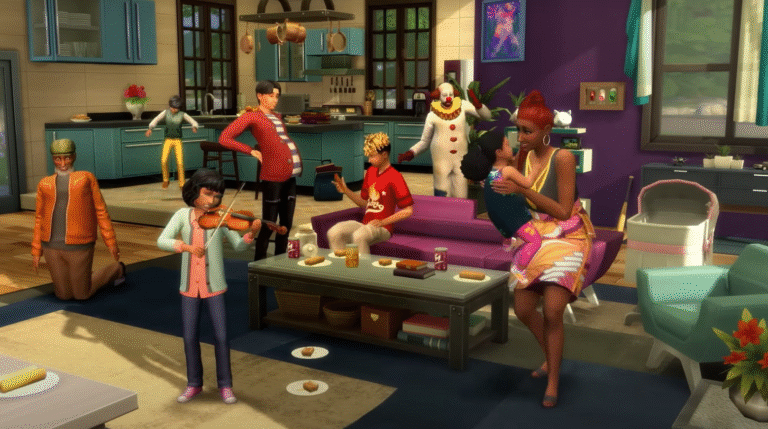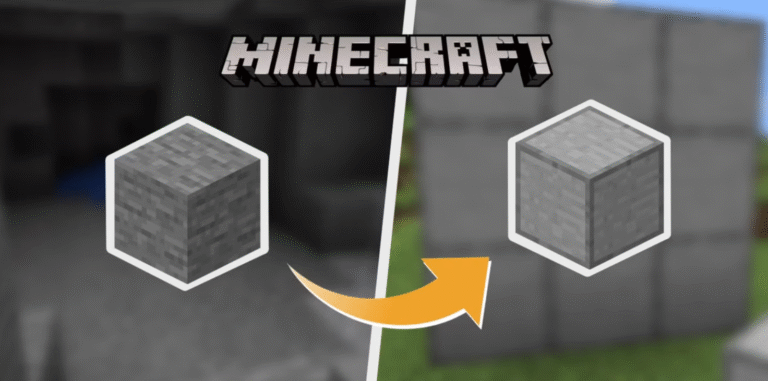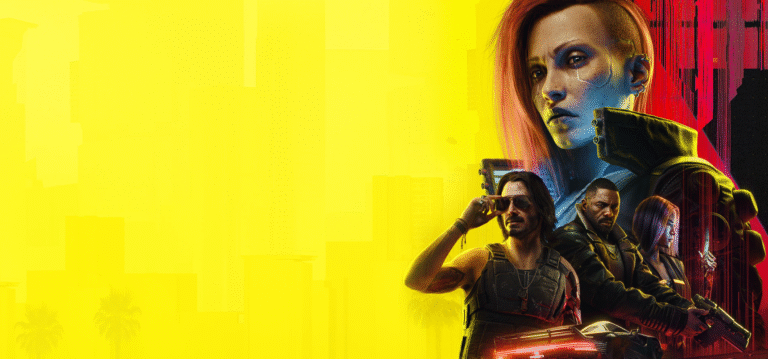
Dungeons & Dragons (D&D) is more than just a tabletop role-playing game (TTRPG). It’s a gateway to storytelling, creativity, teamwork, and improvisation. Whether you’ve been inspired by shows like Stranger Things, Critical Role, or just curious about the world of dragons, dungeons, and dice, this guide will walk you through the fundamentals of how to play D&D—no experience required.
What Is Dungeons & Dragons?
Dungeons & Dragons is a fantasy tabletop role-playing game originally created by Gary Gygax and Dave Arneson in 1974. Now in its 5th Edition (commonly referred to as “5e”), D&D combines storytelling, dice-rolling, and collaborative play. Unlike video games with fixed narratives, D&D allows players to shape the story in real time.
At its core, D&D is about group storytelling. Players create characters who embark on adventures in a world built and guided by a Dungeon Master (DM), who acts as a referee, narrator, and world-builder.
The Basic Concept
Here’s a simplified overview
Players control individual characters in a fantasy world.
The Dungeon Master (DM) controls the world itself—townsfolk, monsters, weather, traps, and treasure.
Players describe what their characters do (“I sneak past the guard” or “I swing my sword”), and the DM tells them what happens.
When there’s uncertainty or risk, dice are rolled to determine outcomes.
Every game session builds on the last, forming a long campaign or adventure arc.
The Role of the Dungeon Master (DM)
The Dungeon Master is the storyteller and rules referee. Their responsibilities include:
Describing environments and situations.
Controlling non-player characters (NPCs) and monsters.
Presenting puzzles, traps, and combat scenarios.
Adjudicating rules and interpreting dice rolls.
Guiding the narrative but allowing players to influence it.
Think of the DM as part referee, part narrator, and part world simulator. While it can seem intimidating, it’s also one of the most rewarding roles in the game.
Creating a Character
Each player creates a character that serves as their avatar in the game. Character creation involves several steps:
Choose a Race
Races include humans, elves, dwarves, tieflings, dragonborn, and more. Each race offers unique abilities, like darkvision or extra languages.
Choose a Class
A class defines what your character can do. Examples:
Fighter: Skilled in combat.
Wizard: Casts powerful spells.
Rogue: Sneaky and dexterous.
Cleric: A divine healer.
Barbarian: Rages into battle with brute strength.
Assign Ability Scores
There are six core stats:
Strength – Physical power
Dexterity – Agility and reflexes
Constitution – Health and stamina
Intelligence – Logic and knowledge
Wisdom – Perception and insight
Charisma – Charm and leadership
You’ll assign numbers to these stats through dice rolls or point buy.
Pick a Background
Backgrounds add flavor and minor bonuses. Examples include “Noble,” “Outlander,” or “Criminal.”
Choose Equipment and Spells
Depending on your class, you’ll pick starting gear and possibly spells. For example, a wizard starts with a spellbook, while a fighter begins with armor and weapons.
Write Your Backstory
While optional, a backstory enriches your roleplaying. Where is your character from? What motivates them?
Understanding the Game Mechanics
Dice
D&D uses polyhedral dice: d4, d6, d8, d10, d12, and d20. The most used is the 20-sided die (d20).
Ability Checks
When your character tries something difficult—like climbing a wall—you make an ability check. Roll a d20 and add the relevant ability modifier. The DM determines a Difficulty Class (DC). If your roll meets or exceeds the DC, you succeed.
Example: Climbing a slick wall (DC 15). You roll a 13 and have +2 Strength = 15. Success!
Saving Throws
These determine if your character avoids danger, like resisting a spell or poison.
Skill Checks
Skills are tied to abilities. For example, Stealth uses Dexterity, and Arcana uses Intelligence.
Combat
Combat is turn-based. Each round is 6 seconds, and each player takes a turn. On your turn, you can:
Move up to your speed (usually 30 feet).
Take one action (attack, cast a spell, etc.).
Possibly take a bonus action or reaction, depending on class and abilities.
Playing the Game: What to Expect
Game Sessions
A typical session lasts 2–4 hours, though some groups play longer. A full campaign can last months or even years.
The Party
A typical D&D group includes 3–6 players plus a DM. Cooperation is key—this isn’t a competition. You succeed by working as a team.
Exploration
Characters travel through forests, cities, ruins, and more. The DM describes what they see, and players interact with the environment.
Social Interaction
Players speak to NPCs, negotiate deals, lie, persuade, or intimidate. These moments are often roleplayed, and dice are rolled when success isn’t guaranteed.
Combat
When things go sideways (and they will), initiative is rolled to determine turn order. Combat is tactical, fast-paced, and exciting.
Roleplaying and Combat
Roleplaying
This is where the magic happens. You speak and act as your character. You can use voices, accents, or just narrate your intentions.
Example:
Player: “I approach the bartender. ‘Good evening, friend. Seen any shady characters around?’”
You don’t need to be an actor—just imagine how your character would think and act.
Combat Example
A rogue sneaks through a dungeon and hears goblins. The party prepares for an ambush.
The DM asks everyone to roll initiative (a d20 + Dexterity modifier).
Each combatant acts in turn.
On their turn, players can move, attack, cast spells, or use abilities.
The DM controls the enemies.
Combat ends when all enemies are defeated or the situation is resolved.
Essential Tools and Materials
Here’s what you’ll need:
Player’s Handbook (PHB)
This is the core rulebook for players. It includes races, classes, rules, spells, and equipment.
Dice Set
At minimum, a 7-dice set: d4, d6, d8, d10, d12, d20, and percentile die (d100).
Character Sheet
A record of your character’s stats, abilities, and inventory. You can print one or use digital tools like D&D Beyond.
Pencil and Paper
Useful for notes, maps, and doodles.
Imagination
The most important tool of all. Everything else supports your creativity.
Tips for New Players
Start Simple
Choose straightforward classes like Fighter or Rogue. Magic users are fun but more complex.
Ask Questions
No one knows everything. D&D is about learning together.
Focus on Fun
Rules are guidelines. The goal is storytelling and enjoyment.
Don’t Be Afraid to Fail
Failure can lead to amazing moments and new story arcs.
Stay in Character
Speak as your character when possible. It enhances immersion.
Be Respectful
Let others speak, cooperate, and support one another. D&D is a group activity.
Starting Your First Game
Option 1: Join a Group
Look for local games at hobby stores, community centers, or online (Reddit, Discord, Meetup, Roll20, D&D Beyond).
Option 2: Start Your Own Game
Grab a free starter set or adventure like Lost Mine of Phandelver or Dragons of Stormwreck Isle. Recruit friends and take turns being the DM.
Option 3: Play Online
Platforms like Roll20, Foundry VTT, and Owlbear Rodeo allow remote play with virtual maps and dice. Voice or video chat completes the experience.
Dungeons & Dragons is more than a game—it’s an experience. Whether you’re rescuing a kidnapped noble, exploring ancient ruins, or forging alliances with dragons, D&D lets you live out epic fantasies with friends.
You don’t need to be a writer, actor, or mathematician to enjoy it. All you need is curiosity, a bit of courage, and the willingness to tell a story together.
So gather your dice, create a character, and take your first step into a world of adventure. The dungeon awaits!



